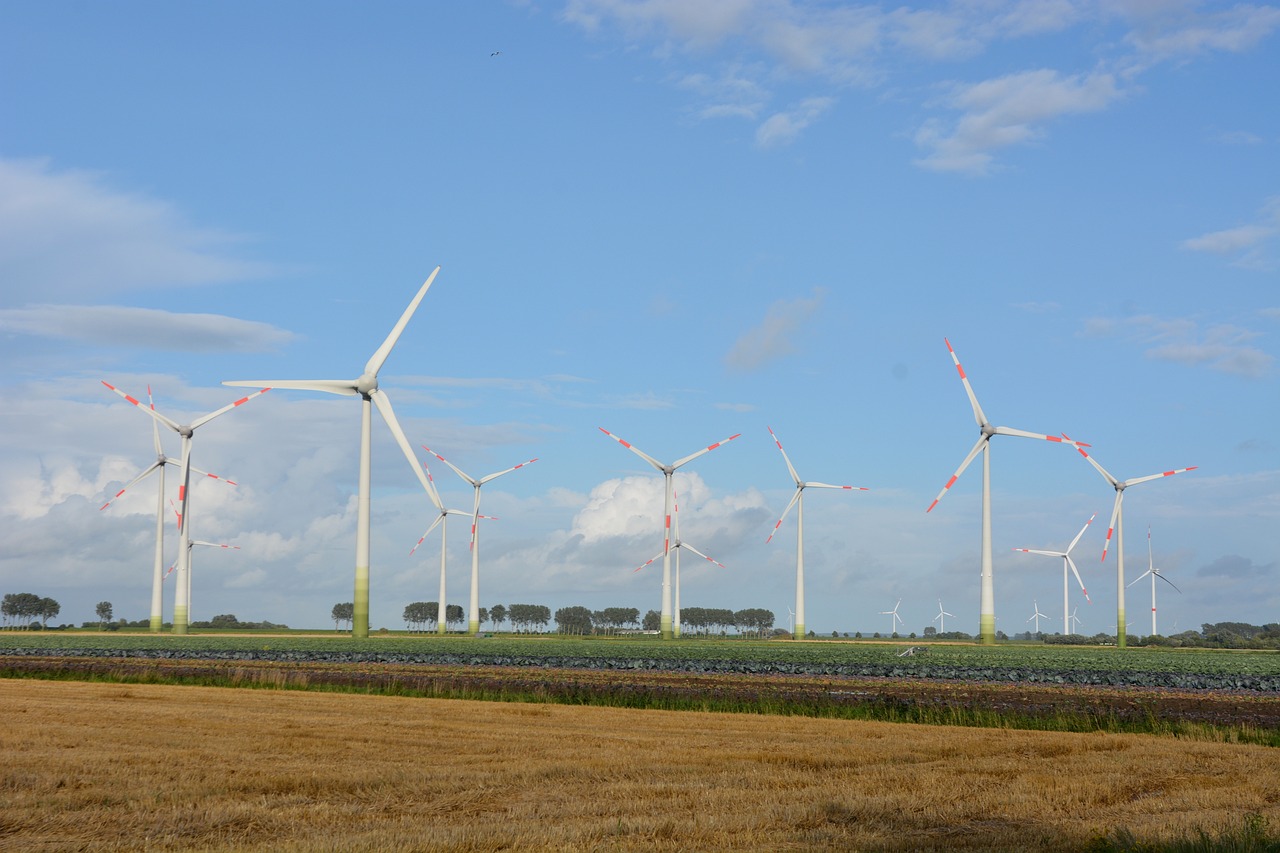The country is set to receive EUR 0.9 billion in pre-financing of the REPowerEU funds.Continue reading

Hungary’s wind power capacity could triple, but there could be downsides to the benefits. Wind is more difficult to predict than sunshine, and the energy generated cannot be stored and balancing it places an additional burden on the supply system.
“Less mention is made of domestic wind capacity compared to nuclear and solar, which is expected to triple to 1 GW from the existing 324.9 MW of wind generation capacity. Upgrading existing wind turbines could also significantly increase the amount of electricity generated.
In addition to the improved efficiency of the new turbines, increasing the height and size of the blades will improve the turbines’ performance exponentially,”
Balázs Zay, a senior researcher at the Climate Policy Institute, told Magyar Nemzet.
He pointed out that the installation of wind turbines will become easier in the future. On November 22, Energy Minister Csaba Lantos announced that an agreement had been reached with the European Commission on the restructuring of the Hungarian wind power sector. The so-called “safety distance” will be reduced from the current 12 kilometers to 700 meters.
The government will designate the regions where wind turbines can be built, in parallel with the lightening of the regulatory regime. Thus there is no need to fear that, for example, the Balaton area will become an industrial area after the regulation.
The current capacity of 324.9 MW would be able to meet just under one and a half percent of domestic electricity demand, however, as these are weather-dependent technologies, 100% of installed capacity is never used. In this context, Balázs Zay also recalled that the weighted average capacity utilization of installed wind power plants in the period 2010-2016 was 23.3%, compared to the EU average of 22.1%.
This good or at least better result is presumably due to the fact that the projects built were located in the best locations in the country.
Based on a 2018 study by the European Commission, 11% of Hungary’s territory is potentially suitable for wind turbine installations. The most favorable conditions are found in the Transdanubian region. “If the geographical potential is maximized, with 2,000 hours of ideal wind power, up to 86 TWh of electricity could be generated, four times the investment in Paks II. This is the figure that greens like to refer to,” the researcher pointed out.
The expert also noted earlier that apart from geographical factors, wind speed is also important. Because of turbine losses, there is a minimum start-up wind speed: normally, the blades do not rotate until the wind reaches three meters per second, but the power supply to the machinery must be guaranteed, i.e. in low wind conditions the wind turbine acts as a consumer.
Zay stressed that clarity must be provided, as wind is more difficult to predict than sunshine. It would be impossible to offset, store, or sell the production of such a large capacity to neighboring countries, nor would it be possible to use in a practical way. Well-targeted wind capacity can help offset solar power, but it can also increase the burden on the electricity grid.
Therefore, its expansion needs to be done very carefully, he stated, adding that the mentioned 1 GW of capacity seems a good number to add to the 3.3 GW of (industrial) solar capacity already in place.
Via Magyar Nemzet, Featured image via Pixabay